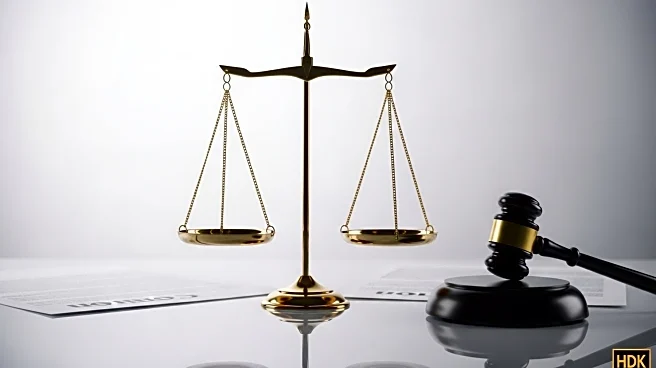What's Happening?
The Federal Circuit has vacated a decision by the Trademark Trial and Appeal Board (TTAB) regarding Erik Brunetti's attempt to register a provocative trademark, referred to as the 'F-bomb.' The court criticized the TTAB's reasoning, particularly its application of the 'failure to function' doctrine, which argues that the mark does not serve as a source identifier. The Federal Circuit called for clearer standards and consistency in trademark evaluations, highlighting inconsistencies in the TTAB's approach to similar cases.
Why It's Important?
The Federal Circuit's decision in the Brunetti case underscores the need for clarity and consistency in trademark law, particularly regarding the 'failure to function' doctrine. This ruling may influence how trademarks are evaluated, impacting businesses and individuals seeking to protect their brands. The decision highlights the importance of transparent legal standards, potentially prompting reforms in trademark policies. Stakeholders in the trademark community will likely monitor the case closely, as it may set precedents for future trademark disputes.
What's Next?
The TTAB will need to revisit the Brunetti case, developing a rational and consistent standard for 'failure to function' refusals. This process may involve clarifying the criteria for trademark registration, particularly for marks consisting of common or expressive words. The outcome could influence trademark practices and policies, affecting applicants and legal practitioners. The case may prompt broader discussions about the balance between creative expression and trademark protection, shaping future legal frameworks.
Beyond the Headlines
The Brunetti case raises questions about the role of subjective judgment in trademark evaluations and the impact of legal standards on creative freedom. It highlights the challenges of balancing trademark protection with the need for clear and consistent legal criteria. The decision may prompt reflections on the ethical responsibilities of legal institutions in safeguarding intellectual property while fostering innovation.











